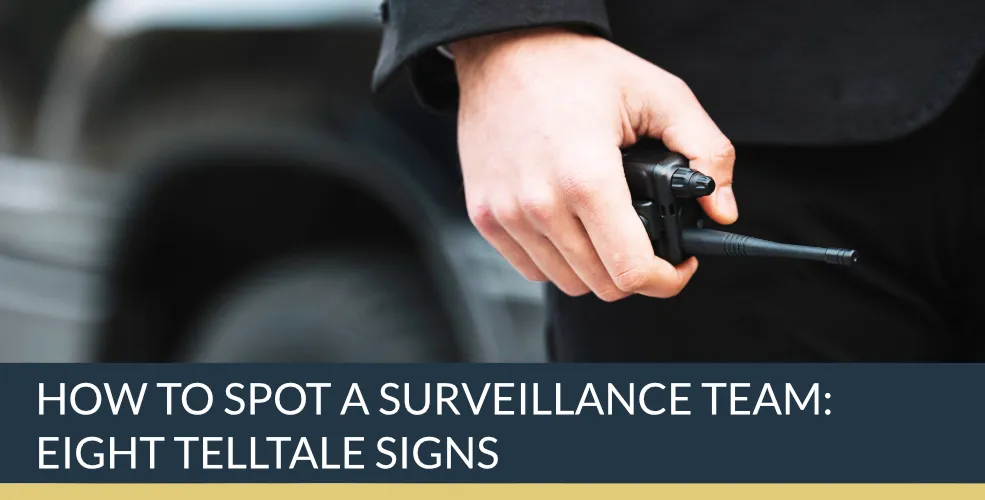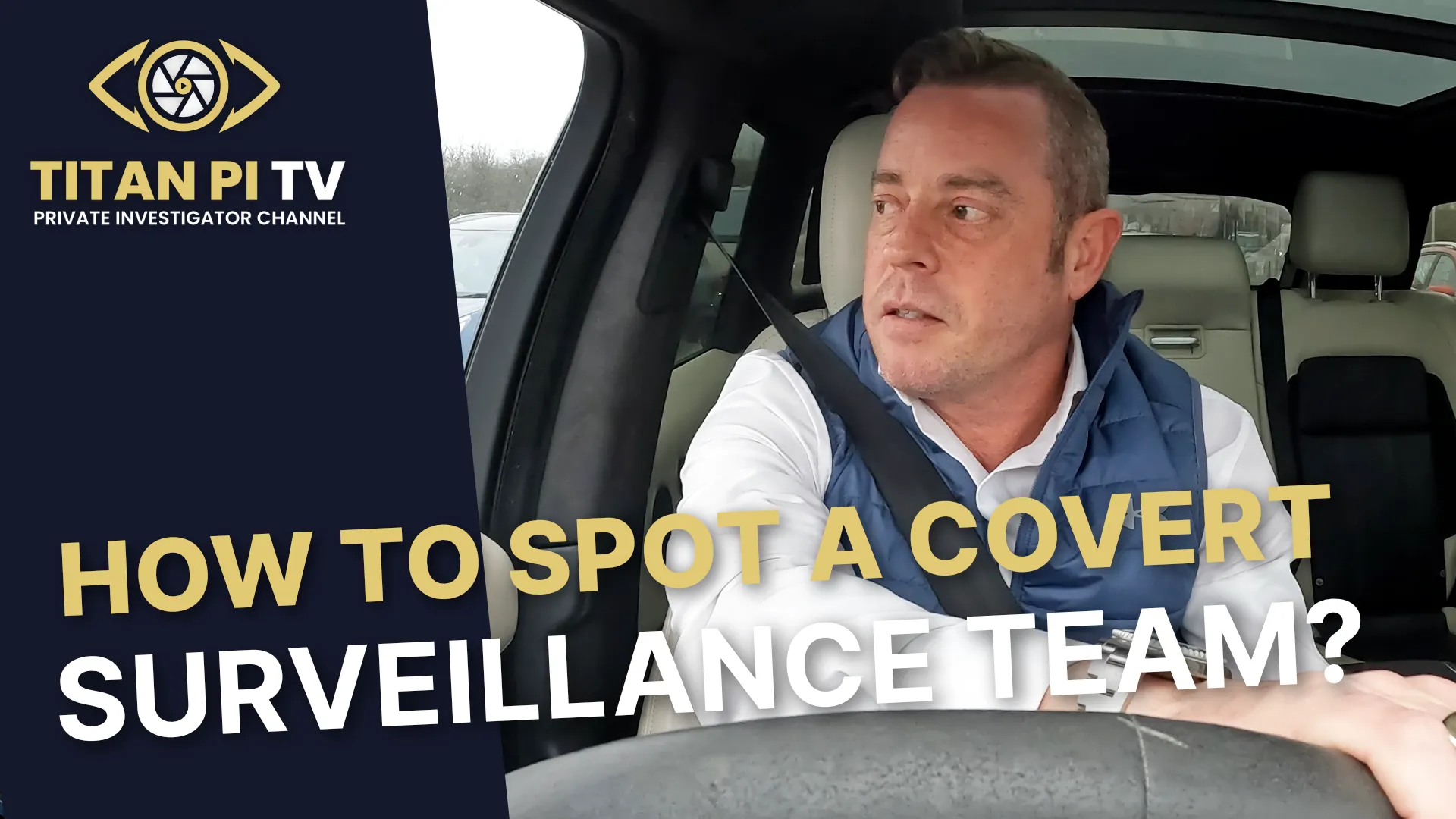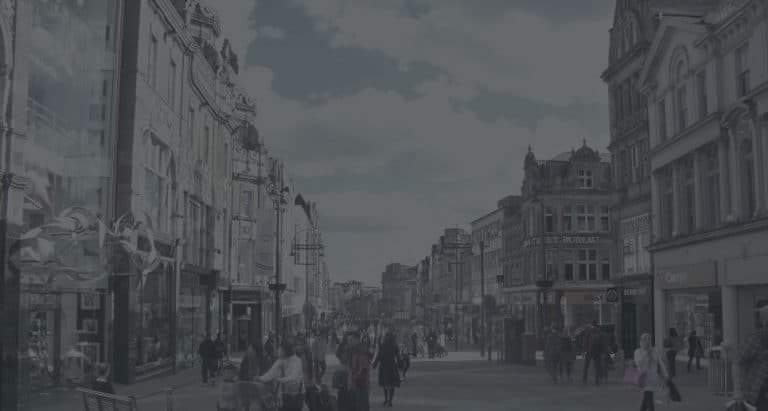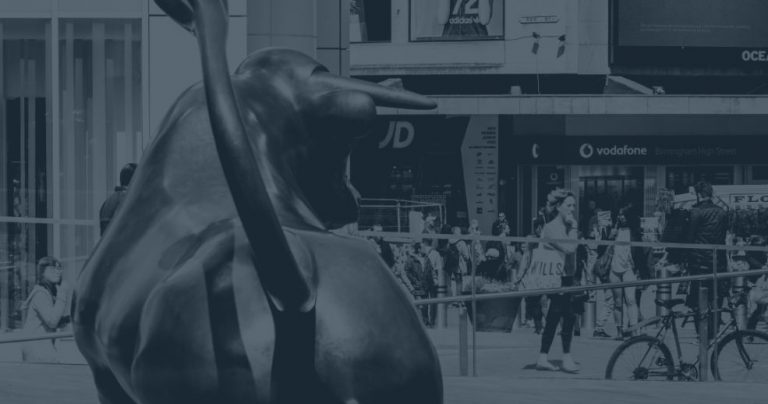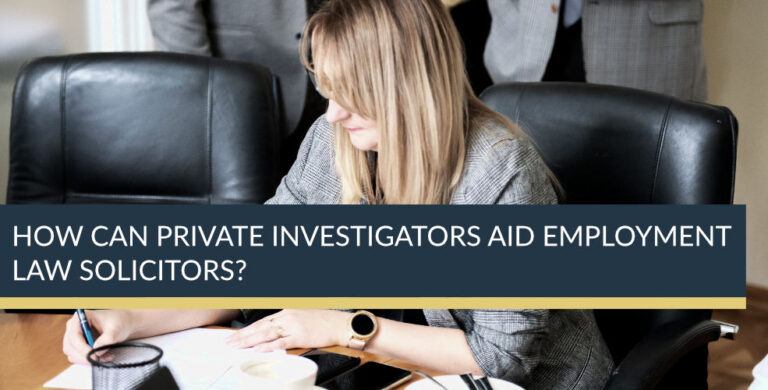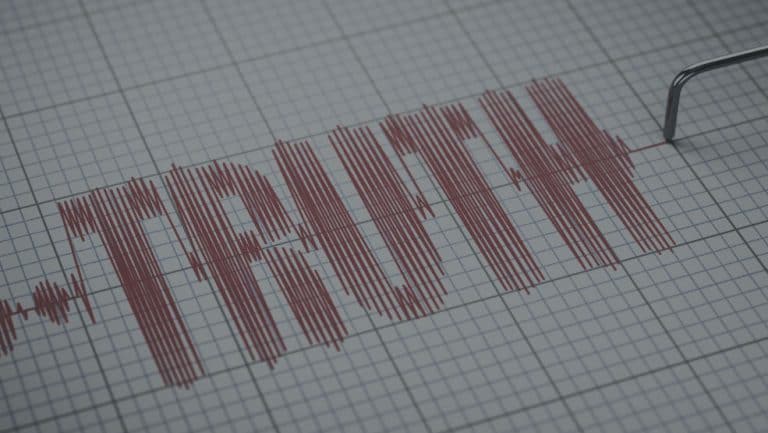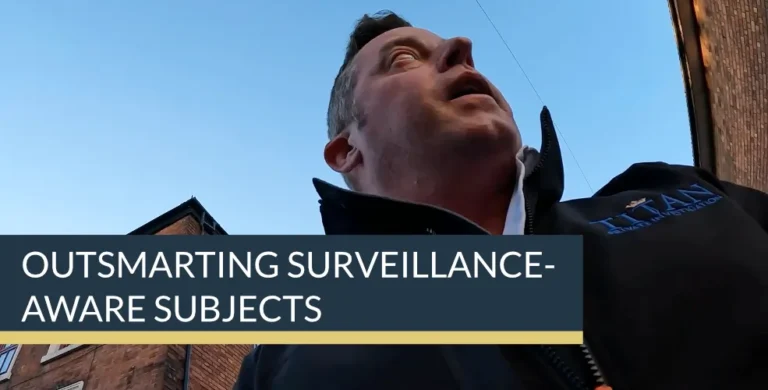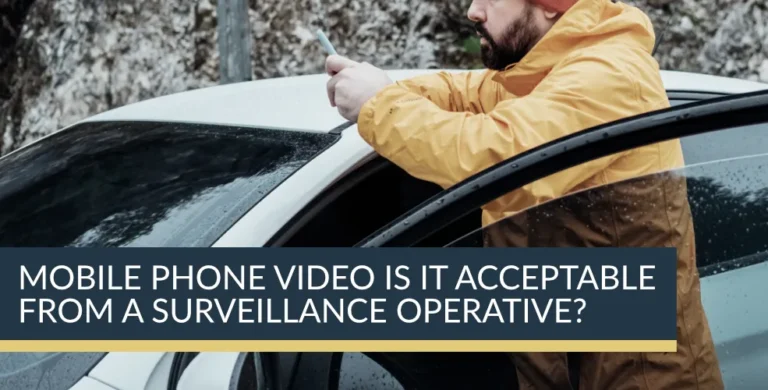How to Spot a Surveillance Team: Eight Telltale Signs
That every surveillance operative needs to know when on deployment
Surveillance has become an everyday reality in our lives, making awareness crucial. As a former police surveillance operative, I now share insights from my experiences in the field. Understanding how to identify potential surveillance can be invaluable, whether you’re a concerned individual or a professional looking to sharpen their situational awareness. Here are the eight key indicators to help you spot a surveillance team.
1. The Telltale Earpiece
Covert communication devices, like earpieces, are a staple in surveillance operations. These tiny devices allow operatives to stay connected with their team, but they can sometimes stand out, especially if they’re not the same colour as the wearer’s skin.
One tactic used to avoid detection is called “going deaf.” This involves temporarily disconnecting from communication by removing the earpiece. This move can make an operative appear as just another person in the crowd.
Tip: Be observant in public spaces for unusual earpiece wearers, especially if they seem overly fixated on their surroundings.
2. Pocket Positioning and the PTT
Hand placement can reveal a lot about someone’s intentions. Surveillance operatives often keep their push-to-talk (PTT) button in their right pocket. When you notice individuals with earpieces also holding their hands in their right pockets, it raises red flags.
Tip: If you are part of a surveillance team, consider placing your PTT in your left pocket or covering it with your hand to minimise suspicion.
3. Unchanging Footwear
While clothing can change drastically, shoes often remain the same. Surveillance operatives are likely to wear the same shoes regardless of their outfit changes. This consistency can serve as a giveaway.
Consider how someone may dress in disguise, yet their shoes remain the same. This small detail can be critical in identifying potential followers.
Tip: Pay attention to footwear and note any individuals who seem to change outfits but keep their shoes.
4. Vehicle Analysis: Age, Number Plates, and Crew Size
The age of a vehicle can be a significant indicator in surveillance. Police surveillance squads usually use vehicles that are less than three years old to maintain a professional appearance. They may also utilise “ghost plates,” which are registration numbers that don’t come back to the police.
Loose number plates can indicate frequent changes, and double-crewed vehicles often hint at surveillance operations.
Tip: Look for newer vehicles and pay attention to their number plates; any inconsistencies can signal surveillance.
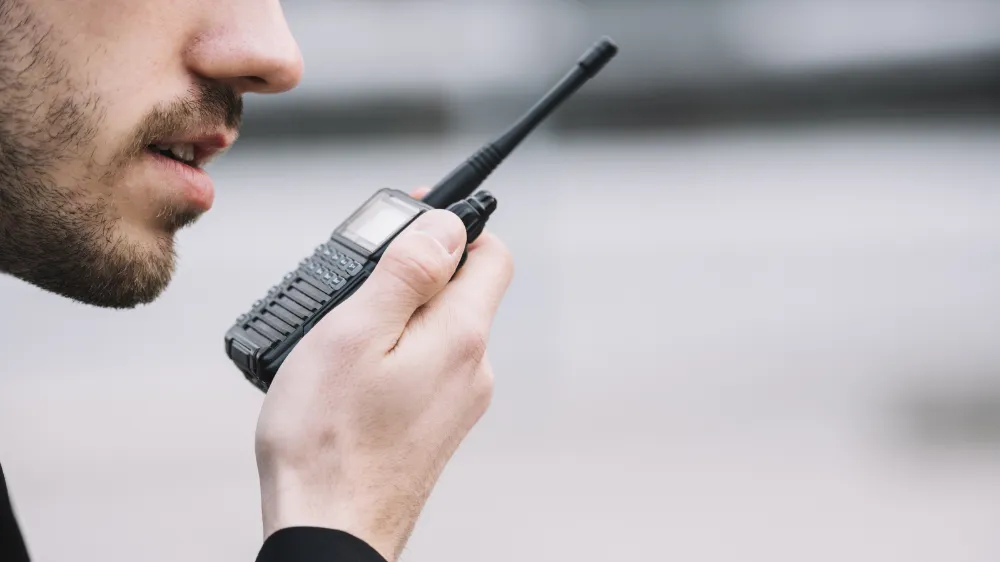
5. The Silent Motorcyclist
A motorcyclist hanging around downtown without purpose is suspicious. In bad weather, for example, a biker might park near a vehicle, ready to support surveillance. This unusual behaviour should raise immediate concern.
Tip: If you see a motorcyclist whose behaviour seems odd, especially paired with other signs, it could confirm ongoing surveillance.
6. Home Address Surveillance
When leaving home, be mindful of unfamiliar vehicles parked nearby. These could be signs of surveillance. Look for signs like warm engines or people inside waiting patiently.
Surveillance operatives are strategic in their positioning, often stationed where you might make critical decisions, such as turning.
Tip: Stay alert for unusual vehicles near your home, especially those that seem to linger at key navigation points.
7. Advanced Surveillance Techniques and Countermeasures
Modern surveillance employs advanced techniques and technology. Awareness of these methods can help in detection. However, some sophisticated operations might evade simple observation.
Tip: Consider familiarising yourself with anti-surveillance techniques to better identify when you might be under watch.
8. Behavioural Patterns and Unusual Activity
Surveillance operatives often exhibit specific behavioural patterns. For instance, they may appear to be loitering without a clear purpose or repeatedly cross your path in different locations. They might also avoid direct eye contact or seem overly interested in their surroundings.
Tip: Trust your instincts. If someone’s behaviour feels off, it’s worth paying closer attention.
The Psychology of Surveillance Detection
Beyond the physical indicators, understanding the psychology of surveillance can enhance your ability to detect operatives. Surveillance teams rely on predictability and routine, so varying your own patterns can disrupt their efforts.
For instance, if you suspect you’re being followed, take an unusual route or make unexpected stops. A surveillance team may struggle to adapt quickly, revealing their presence.
The Role of Technology in Surveillance Detection
Modern technology has introduced new tools for both conducting and detecting surveillance. For example, GPS trackers and hidden cameras can be used by operatives, but they can also be detected with the right equipment.
Consider using radio frequency (RF) detectors to identify hidden tracking devices. These tools can scan your vehicle or belongings for signals emitted by covert devices, providing an additional layer of security.
The Importance of Situational Awareness
Situational awareness is the cornerstone of surveillance detection. By staying alert to your surroundings, you can spot anomalies that may indicate surveillance.
Practise the “OODA loop”—Observe, Orient, Decide, Act. This mental framework helps you process information quickly and respond effectively to potential threats.
Case Study: Real-World Surveillance Detection
Consider the case of a high-profile individual who suspected they were under surveillance. By varying their daily routines and using RF detection equipment, they identified a hidden tracking device on their vehicle. This discovery led to the exposure of a sophisticated surveillance operation, highlighting the importance of vigilance and proactive measures.
Conclusion
Recognising these eight indicators of potential surveillance can significantly enhance your awareness. Staying observant and alert is essential in our increasingly monitored world. Remember, privacy is a fundamental right, and understanding the dynamics of surveillance is crucial for personal safety.
Next time you’re out, keep these signs in mind. It could make all the difference.
Require more information about our private investigation services?
For further advice and information about how Titan Private Investigation Ltd can help you with your covert surveillance or investigation requirements, please speak to one of our professional team members at one of the offices nearest to you.
London Covert Surveillance Services – Call the Titan Investigations London Office 020 39046622
Birmingham Covert Surveillance Services – Call the Titan Investigations Birmingham Office 0121 7162442
Cambridge Covert Surveillance Services – Call the Titan Investigations Cambridge Office 01223 662022
Derby Covert Surveillance Services – Call the Titan Investigations Derby (Head Office) 01332 504256
Leeds Covert Surveillance Services – Call the Titan Investigations Leeds Office 0113 4574066
Leicester Covert Surveillance Services – Call the Titan Investigations Leicester Office 0116 2436520
Nottingham Covert Surveillance Services – Call the Titan Investigations Nottingham Office 0115 9646950
Manchester Covert Surveillance Services – Call the Titan Investigations Office 0161 3023008
Sheffield Covert Surveillance Services – Call the Titan Investigations Sheffield Office 0114 3499400
Truro Covert Surveillance Services – Call the Titan Investigations Truro Office 01872 888706
Alternatively, you can contact us directly using our fully confidential contact form at enquiries@titaninvestigations.co.uk or chat directly using our Live Chat facility, and one of our covert surveillance services team will get right back to you.

